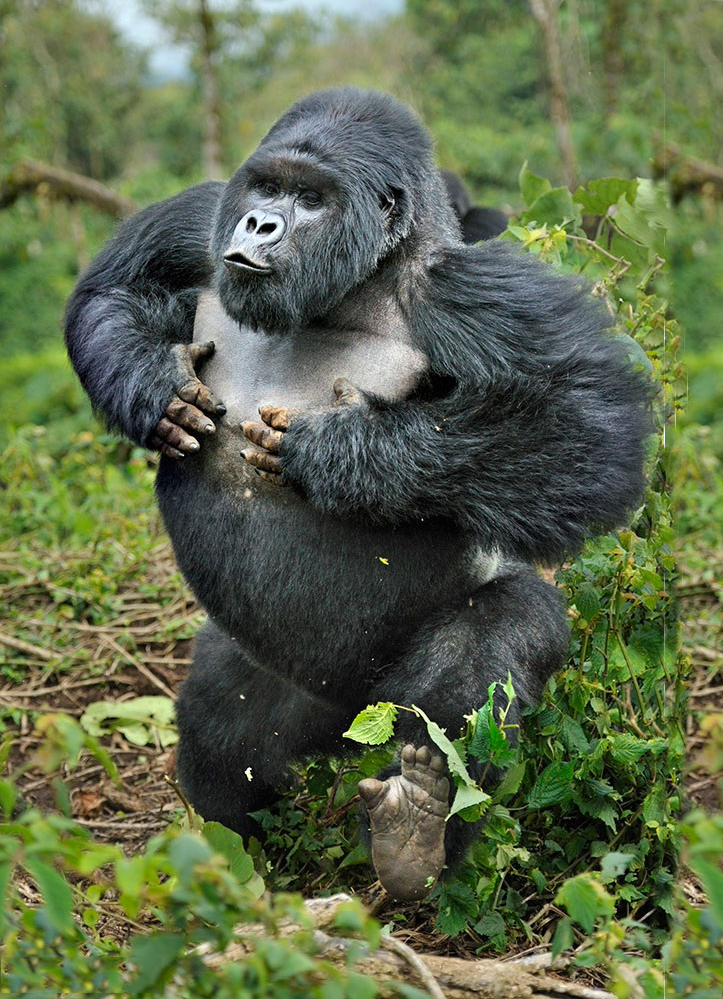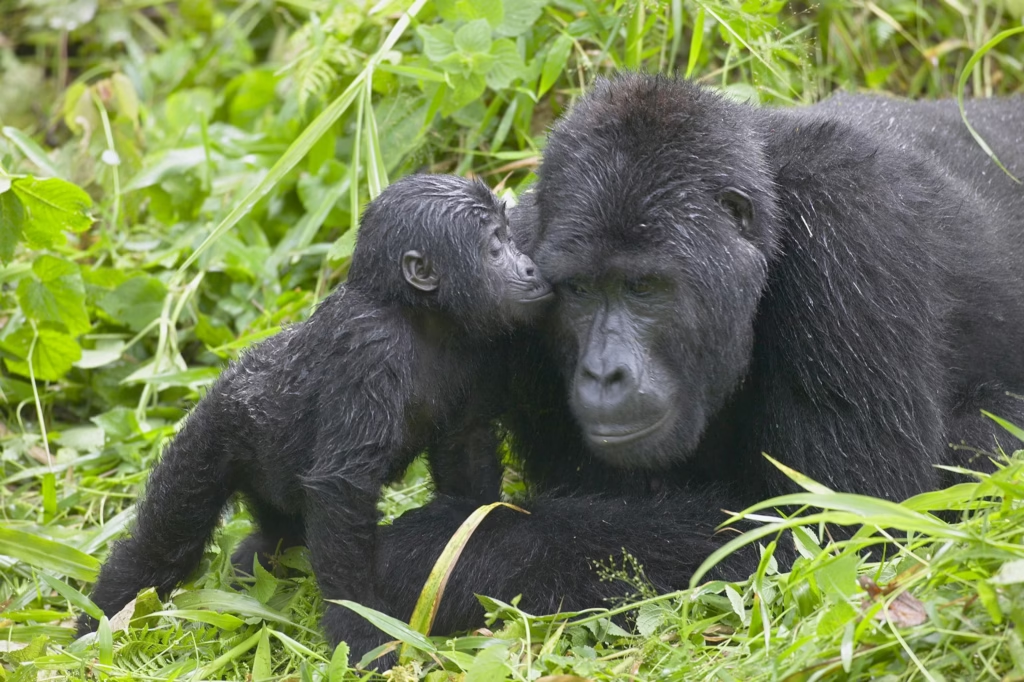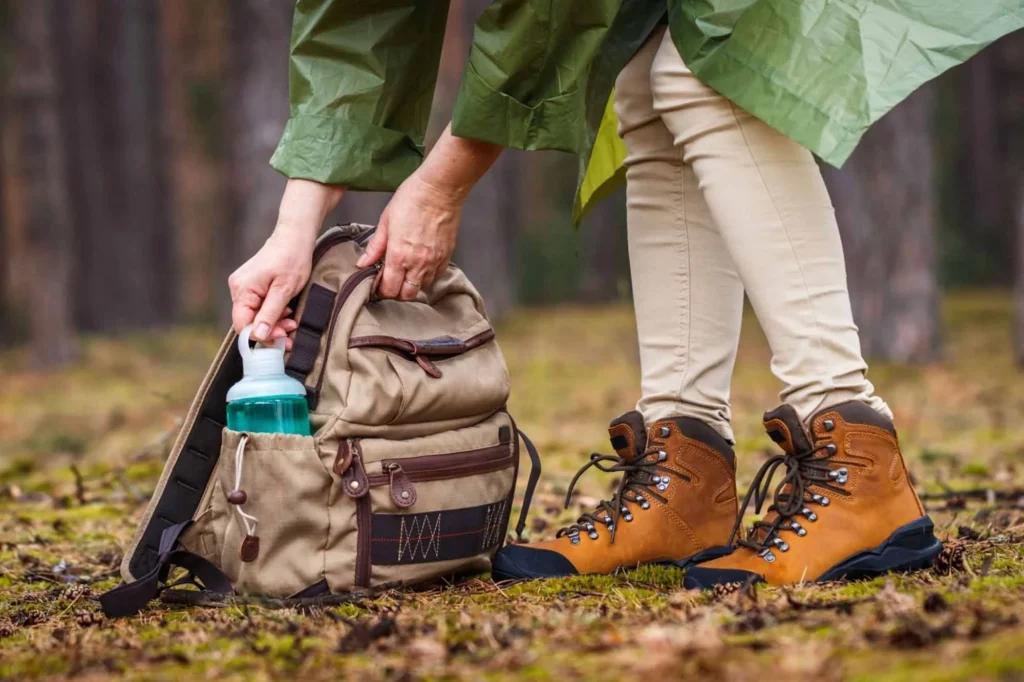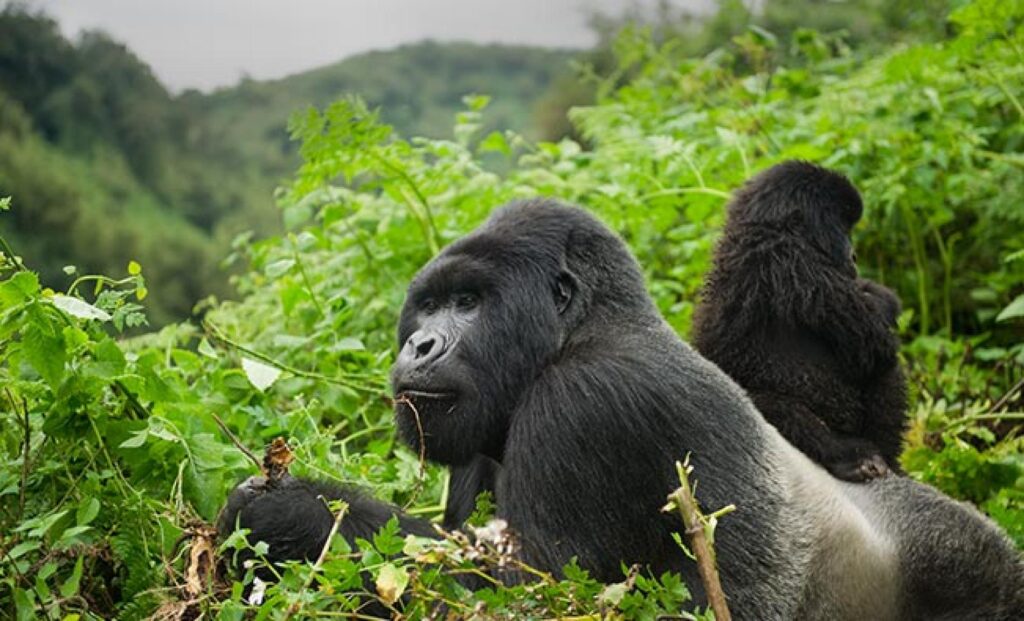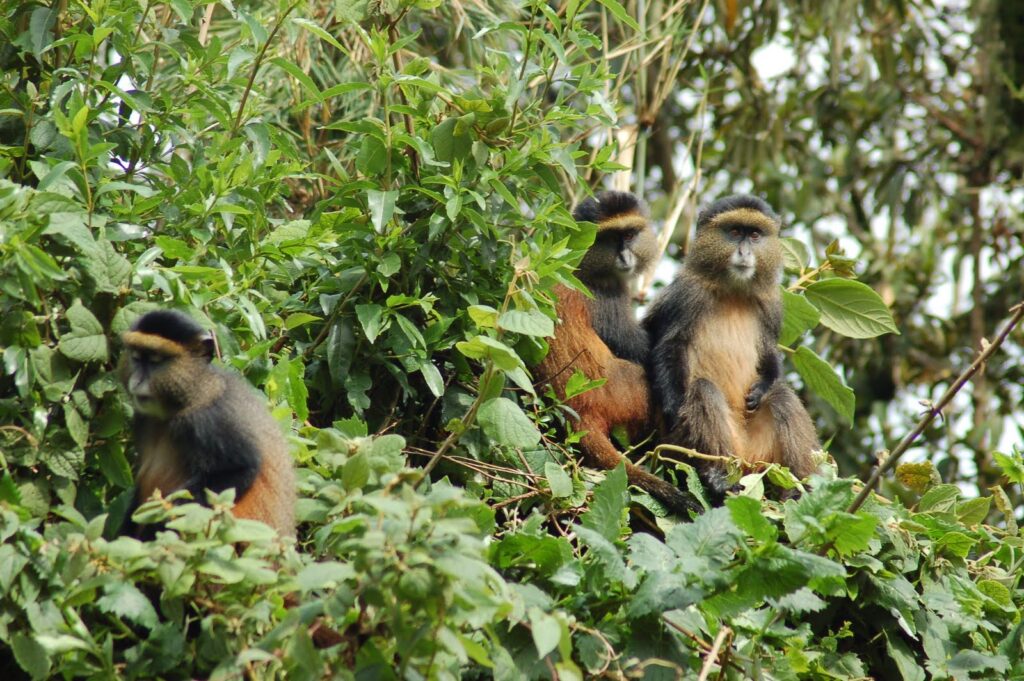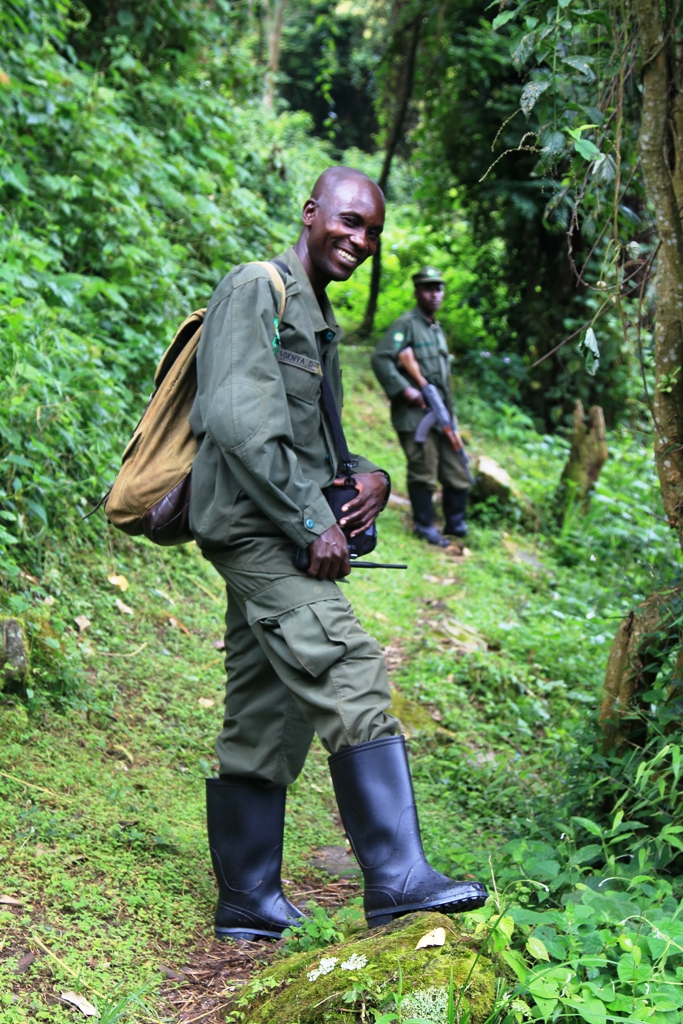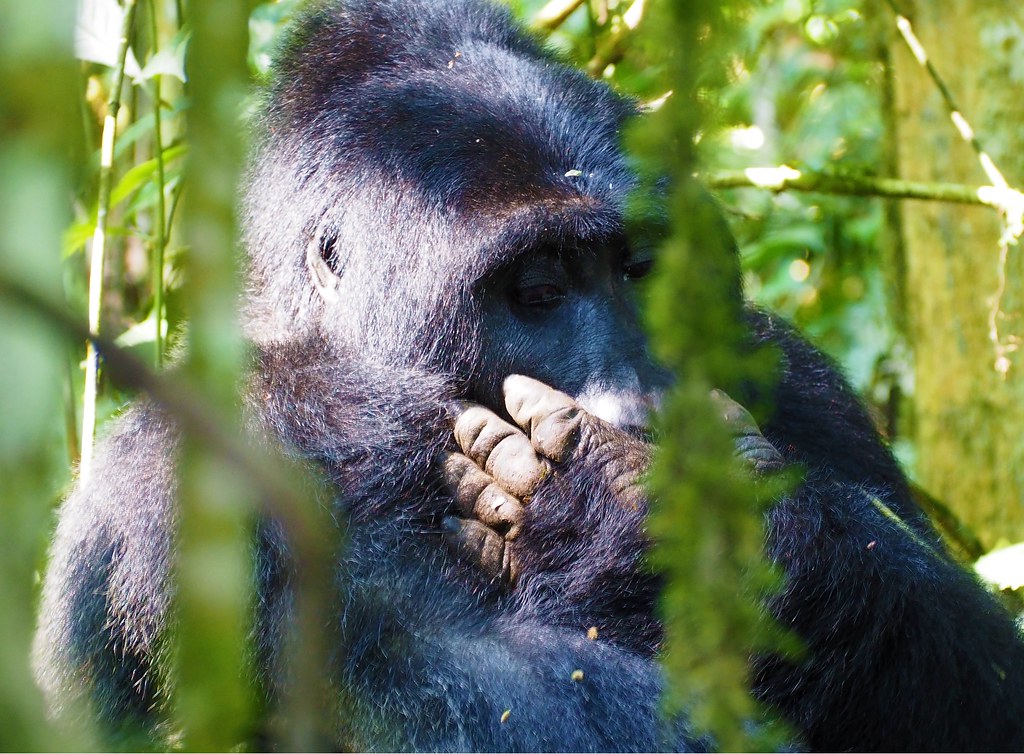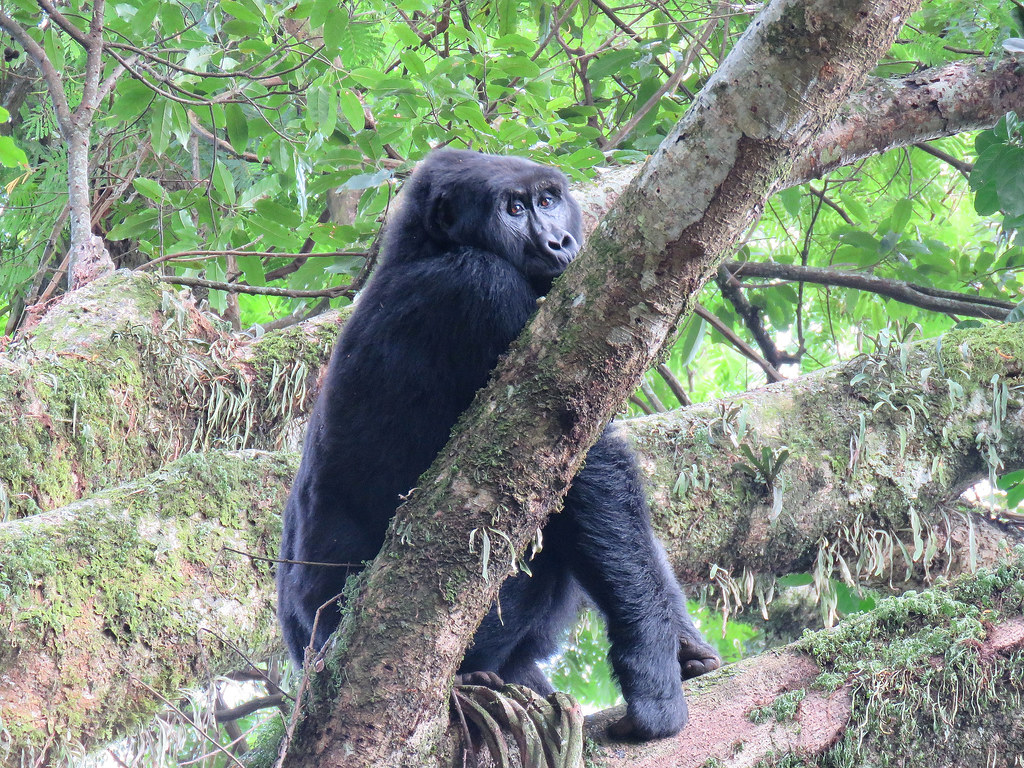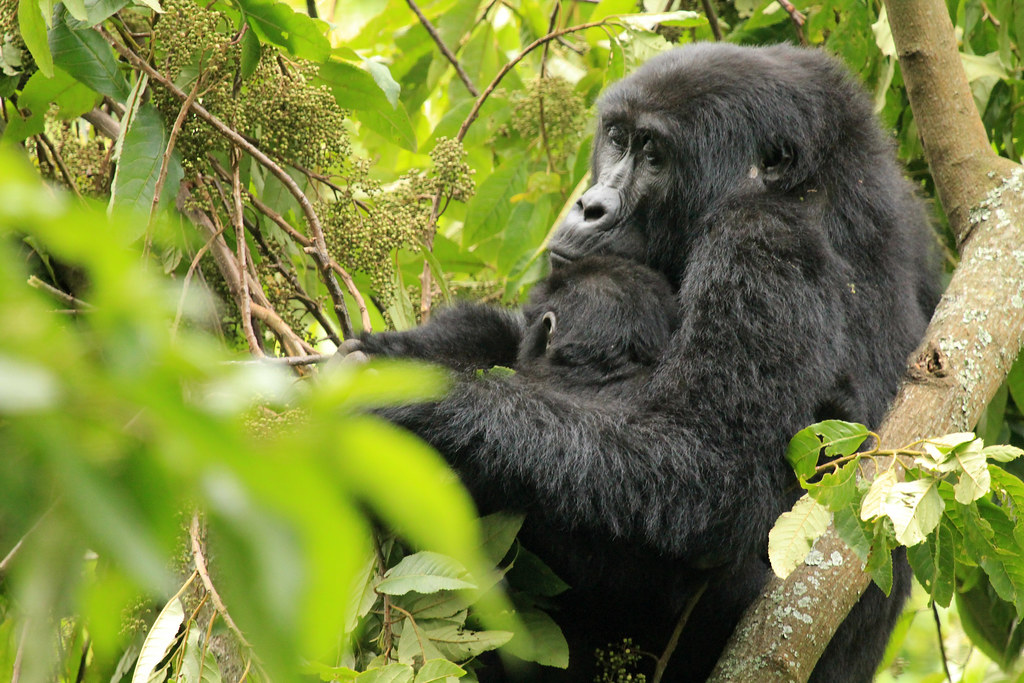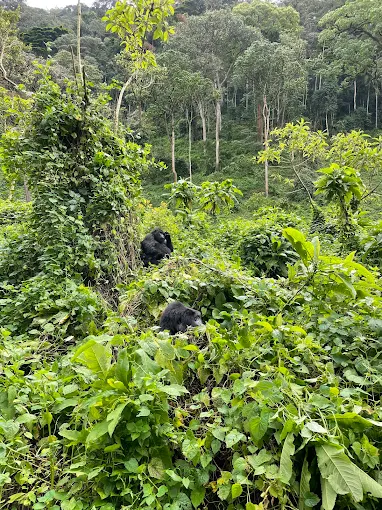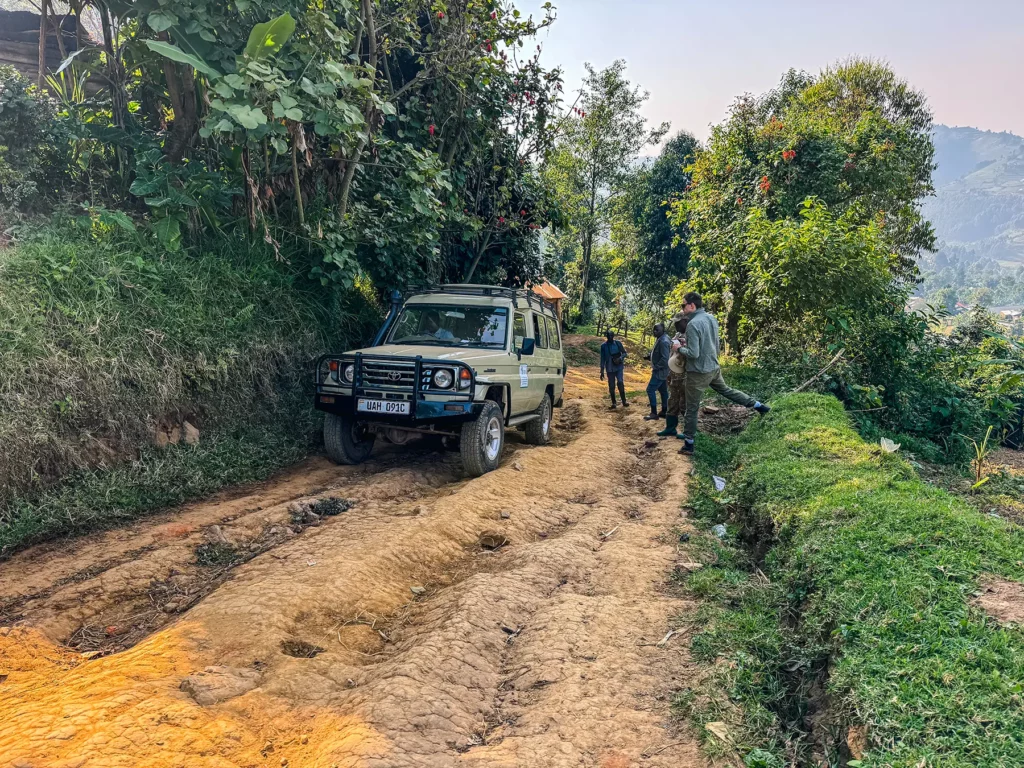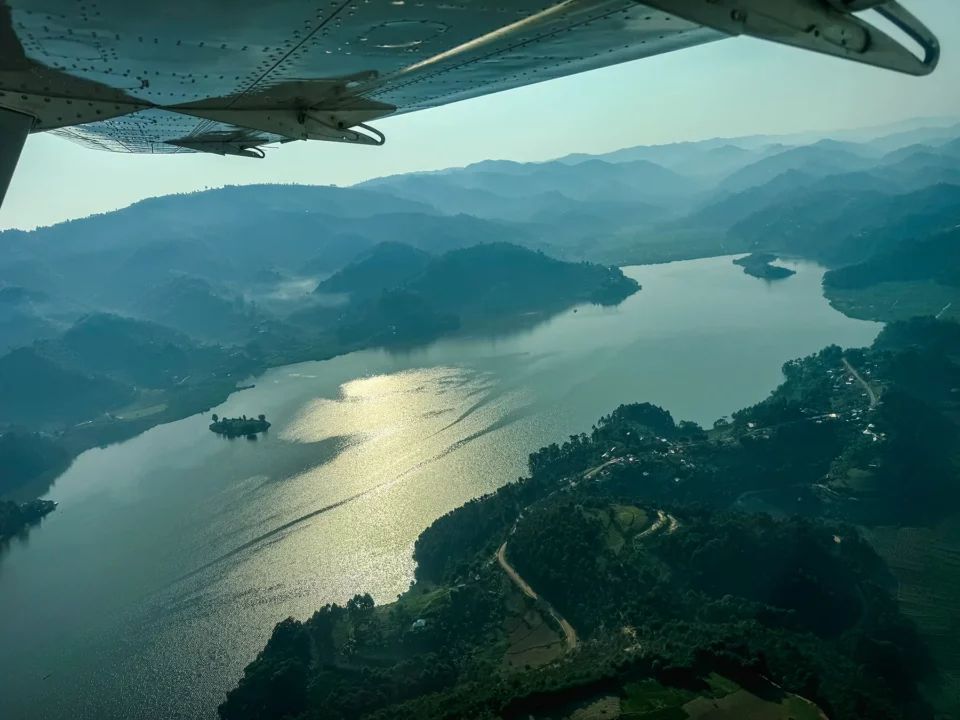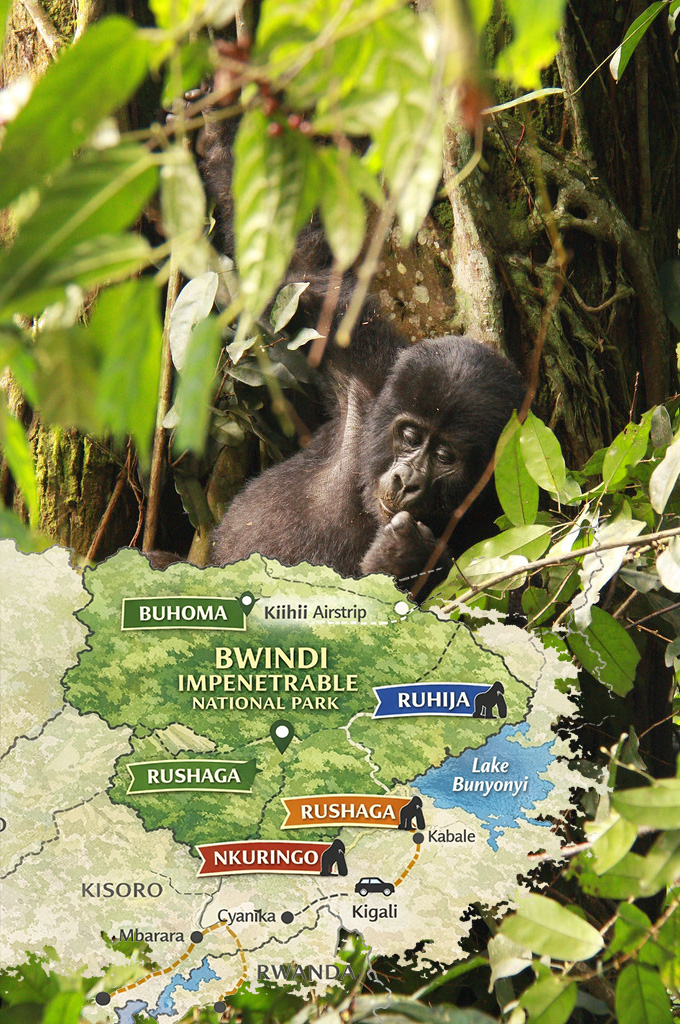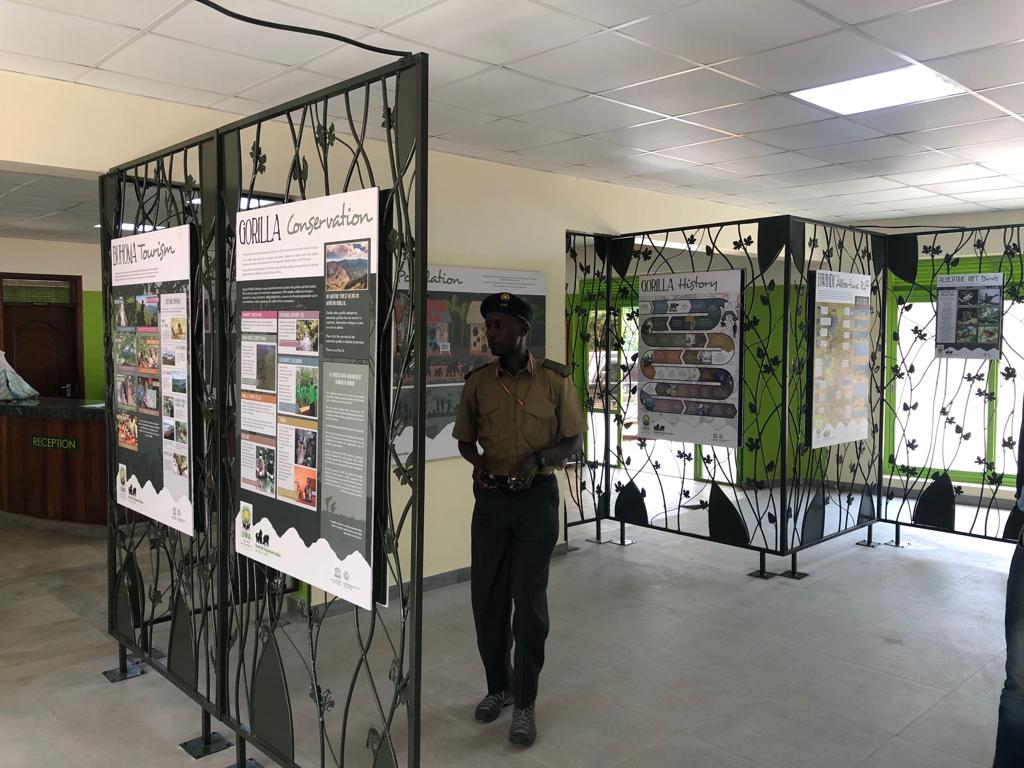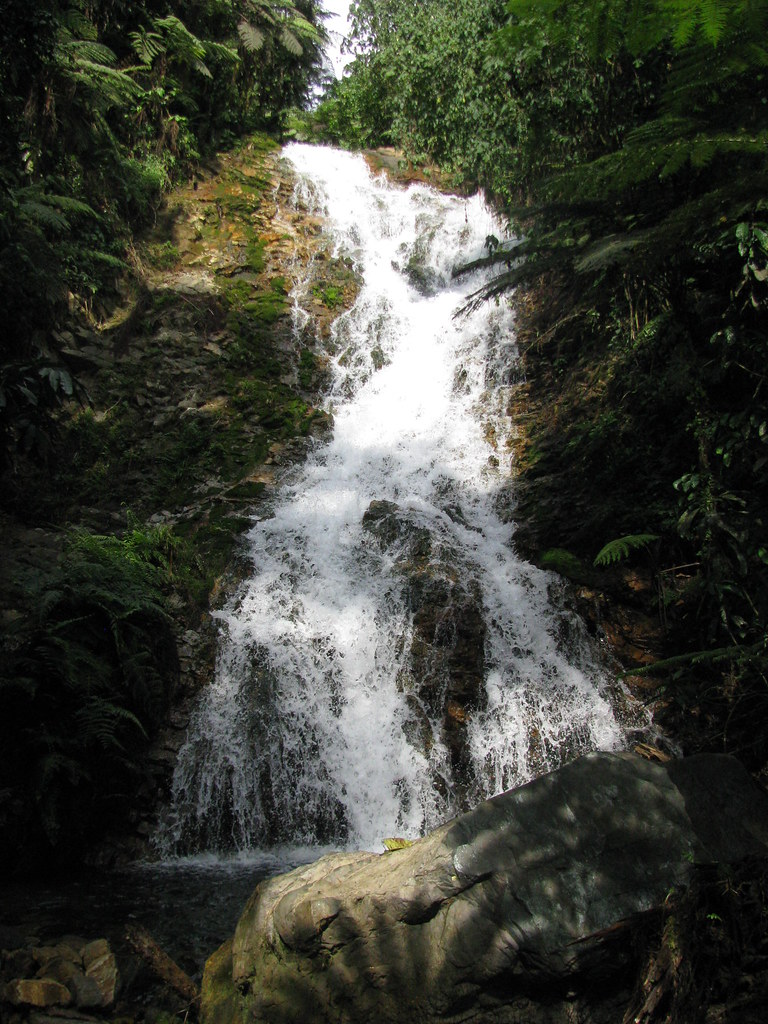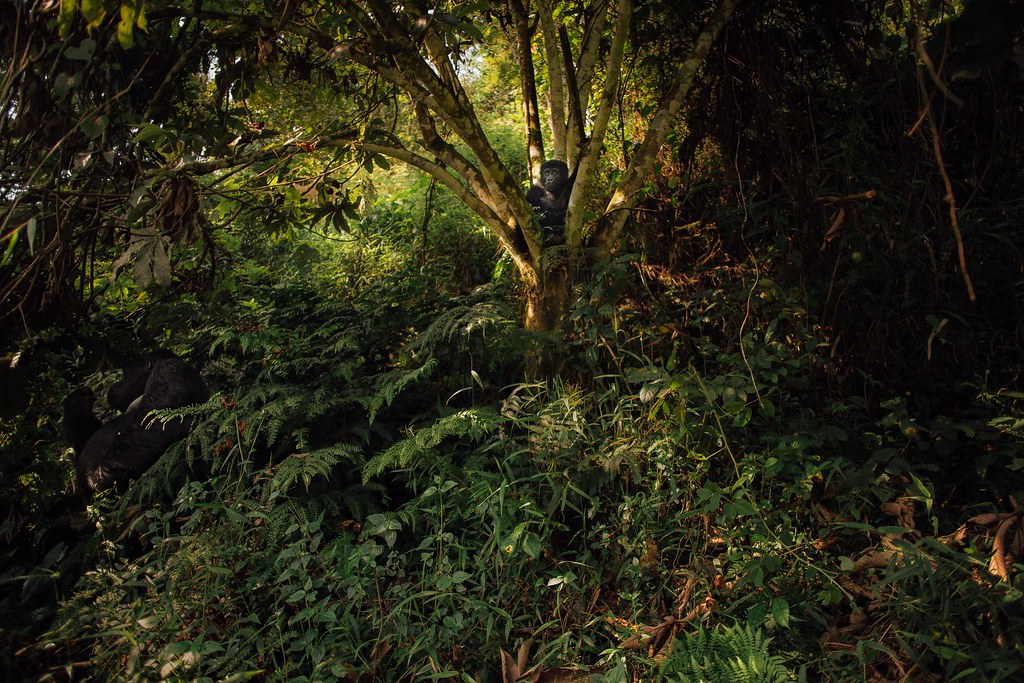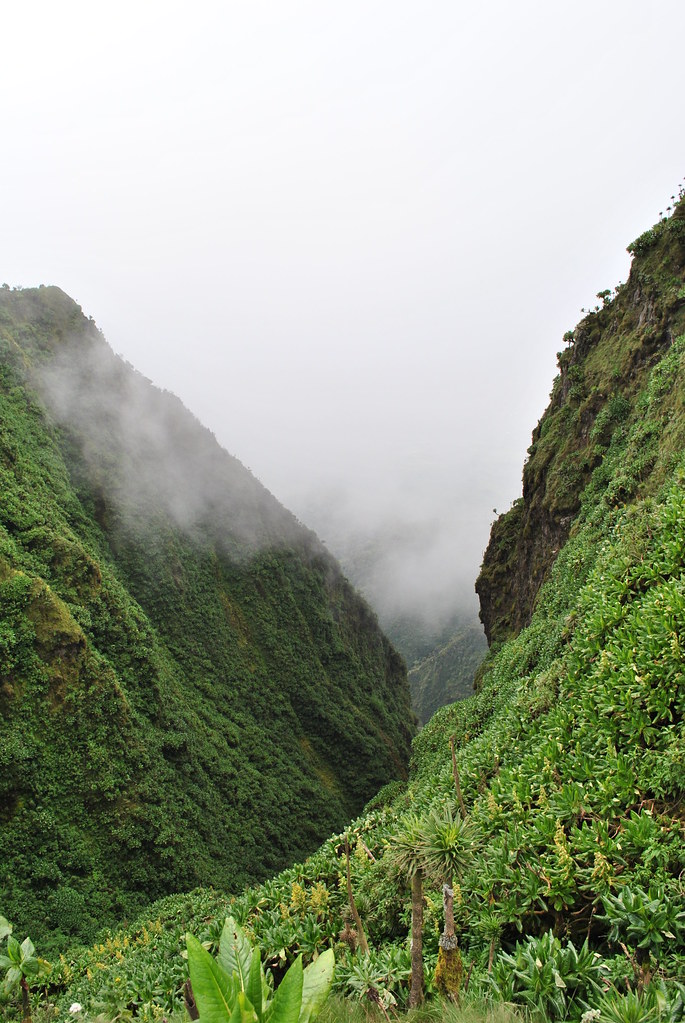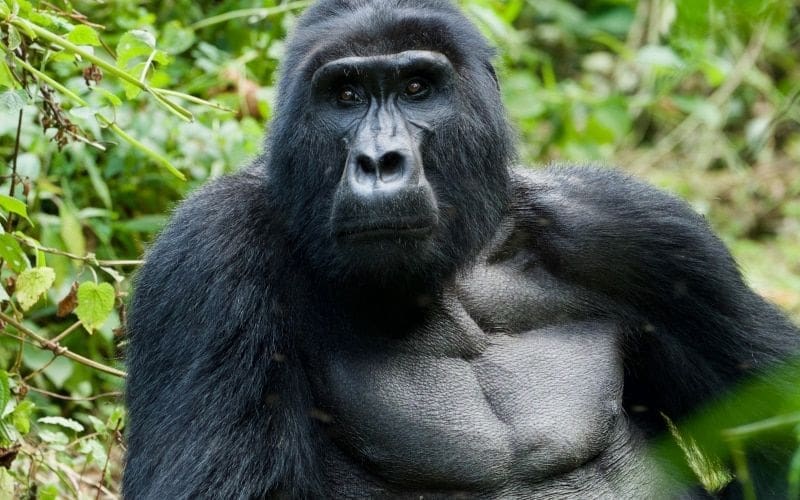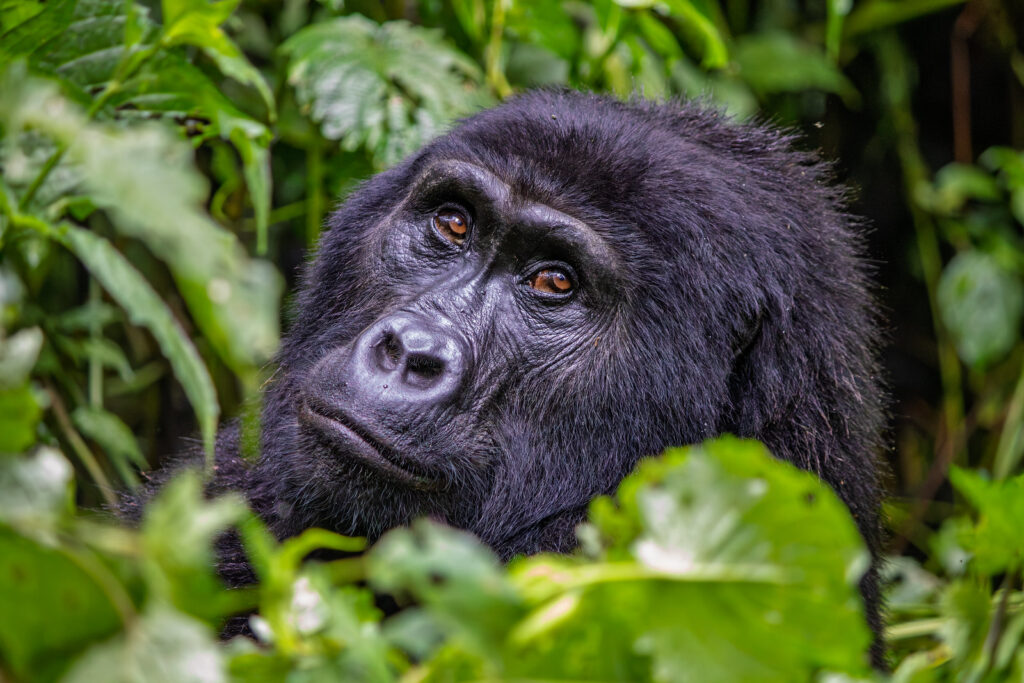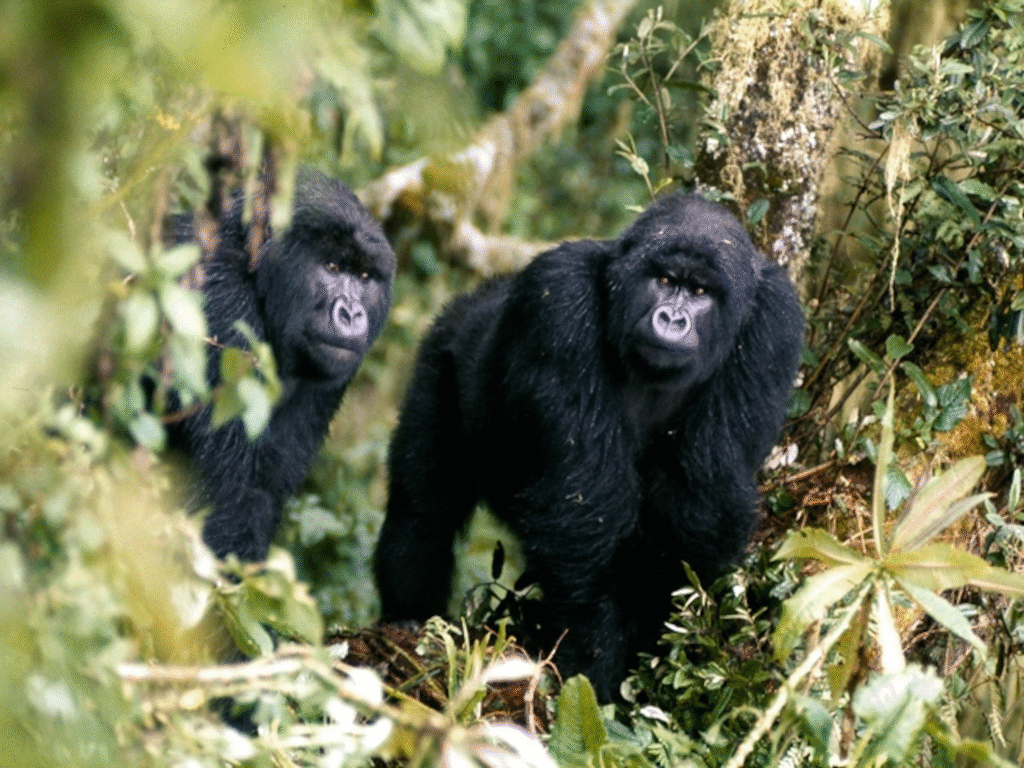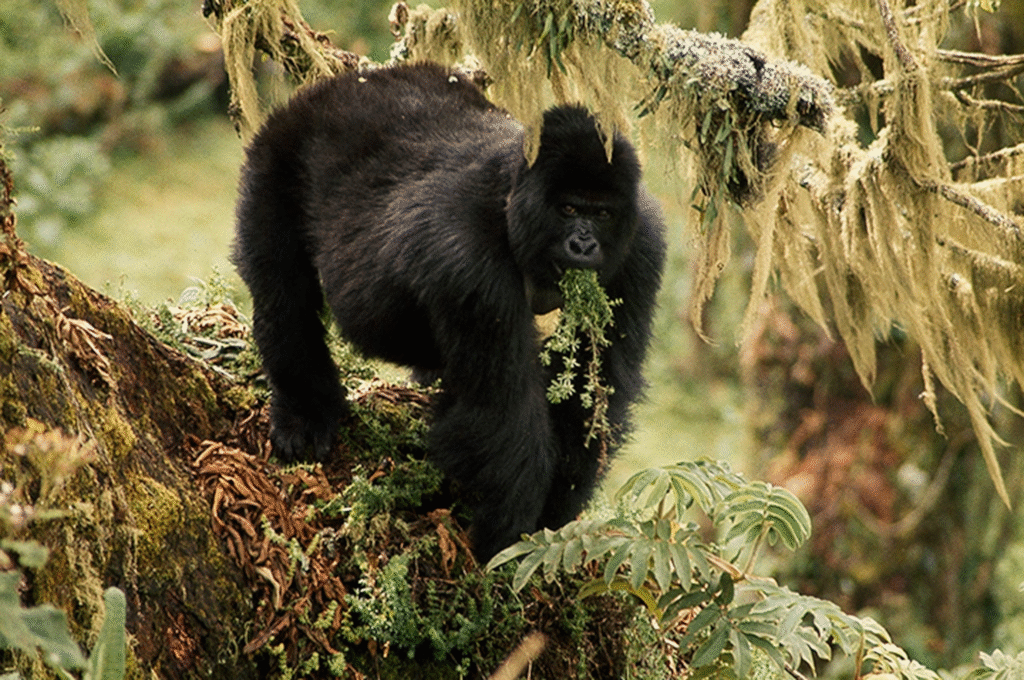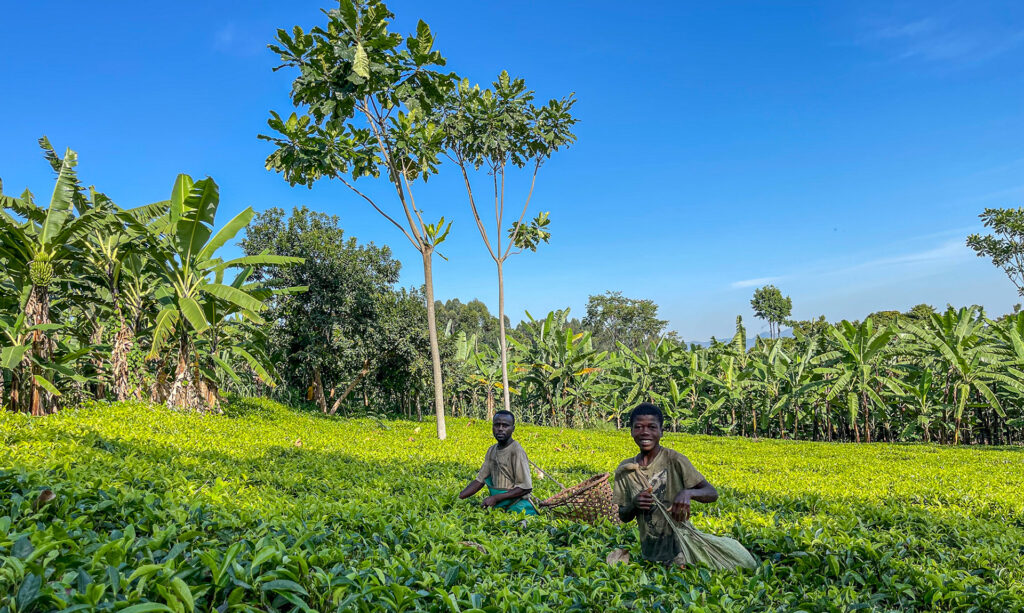Where the soul of the forest whispers in the mist
In a world where untouched wilderness is vanishing fast, the last strongholds of mountain gorillas offer a rare glimpse into nature at its most primal and poetic. Nestled high in the mist-shrouded forests of East and Central Africa, these regions feel more like sanctuaries than tourist destinations—timeless landscapes where humanity’s ancient cousins still walk the earth. Here, mountain gorillas navigate the steep terrain not with fear or frenzy, but with a quiet grace that disarms and awes.
These apes are more than wildlife; they are symbols of a vanishing age when humans and nature lived in closer harmony. The forests they call home, particularly in Uganda’s Bwindi and Mgahinga, are living cathedrals of biodiversity. Every footstep taken into this wilderness feels sacred, not just for the possibility of meeting a gorilla, but for the privilege of witnessing a part of Africa that has resisted time. To be in their presence is not to observe from the outside—but to feel something stir deep inside: a recognition, a reverence, a reminder of what it means to belong to the earth.
So lace up your boots, grab your camera, and prepare to meet the wild — this is where your gorilla trekking dreams and unforgettable safari adventures truly begin.
Truly Iconic Highlights in Uganda
Trek through Bwindi’s mystical rainforest and meet the endangered mountain gorillas in their breathtaking natural home.
Encounter mountain gorillas and golden monkeys on Mgahinga’s misty volcanic trails, where culture and alpine wildlife thrive together.
Unwind after your trek with a peaceful canoe ride across Lake Bunyonyi, Uganda’s most tranquil and scenic highland lake.
Enhance your gorilla trekking safari with an optional chimpanzee encounter in Uganda’s lush forests, adding depth and diversity to your primate adventure
Mountain Gorillas – Face to Face with Africa’s Gentle Giants
Deep within the emerald folds of Africa’s volcanic highlands, where mist coils through towering trees and the forest hums with ancient life, live some of the planet’s most powerful yet peaceful creatures—Mountain Gorillas. These iconic primates, found only in a small region that spans Uganda, Rwanda, and the Democratic Republic of Congo, are a subspecies of the eastern gorilla. Despite their bulk and formidable strength, mountain gorillas are incredibly gentle, deeply social, and profoundly captivating.
They roam the montane forests of Bwindi Impenetrable National Park and the Virunga Mountains, living in tight-knit family groups led by a silverback—an older male distinguished by the striking silver stripe along his back. Within these groups, daily life unfolds in a rhythm of foraging, grooming, playing, and resting, painting a portrait of primate society that mirrors our own in its bonds and behaviors. Their thick black fur helps them survive the cool, damp climate of high-altitude forests—environments so remote and wild that setting eyes on these animals often feels like stepping into another world.
More Than a Wildlife Encounter – A Journey Into the Soul of Nature
To see a mountain gorilla in the wild is not just to witness wildlife—it’s to come face-to-face with a creature that feels achingly familiar. Their expressive eyes, the way a mother cradles her infant, or how juveniles tumble through the undergrowth—it all strikes an emotional chord that few other encounters in nature can match. This intimacy is precisely why gorilla trekking has become one of Africa’s most sought-after experiences. Guided by expert trackers, travelers hike through steep, tangled terrain to spend a precious hour in the presence of these endangered giants. In that short time, lives are often changed forever.
But the mountain gorilla’s story is not only one of beauty—it’s also one of resilience. Once teetering on the edge of extinction due to poaching, war, and habitat encroachment, their numbers have slowly rebounded thanks to decades of tireless conservation work. Collaborative efforts between governments, NGOs, researchers, and local communities have turned gorilla tourism into a powerful tool for protection. Every trekking permit purchased helps fund ranger patrols, veterinary care, and habitat preservation, turning travelers into partners in survival. In a world where wildlife is disappearing at a devastating pace, the mountain gorilla is a rare and hard-won success story.
Challenges in the Shadows of the Forest
Still, their future is far from secure. With only a little over 1,000 individuals remaining in the wild, mountain gorillas remain critically vulnerable to human pressures. Agricultural expansion continues to chip away at their habitats, while climate change alters the delicate ecosystems on which they depend. Even diseases passed from humans to gorillas during trekking encounters pose a real and present danger. Conservation in this context requires constant vigilance, community engagement, and international support.
What makes this work so unique is that it is grounded in the landscapes where the gorillas live and in the people who share those landscapes. Local communities, once disconnected from or even fearful of gorillas, are now deeply involved in their protection. In Uganda, revenue-sharing programs and community-based tourism initiatives have created jobs, funded schools and clinics, and built pride in preserving the natural heritage. The success of the mountain gorilla isn’t just a win for wildlife—it’s a story of hope, coexistence, and the power of connection.
Why Mountain Gorillas Matter to All of Us
Mountain gorillas are more than a tourist attraction—they are a symbol of what is possible when humans act with purpose and compassion. They remind us of the wild world that still breathes beyond our cities and screens. In their presence, we see something ancient, something wise, and something urgently worth saving. To stand in the shadow of a silverback, to hear the low rumble of gorilla communication echo through the forest, is to be humbled by the raw, unfiltered majesty of the natural world.
In the end, protecting mountain gorillas is not just about saving a species—it’s about saving a piece of ourselves. Their survival tells us that, even in a troubled world, we can still make room for wonder. We can still preserve the wild. And we can still choose a future where nature isn’t just a memory, but a living, breathing part of who we are.
Key Species in Bwindi & Mgahinga: Information to Know.
Bwindi and Mgahinga National Parks are rich in biodiversity, best known for their endangered mountain gorillas and unique Albertine Rift species. Bwindi is also home to chimpanzees, forest elephants, and over 350 bird species, including rare endemics like the African green broadbill. In Mgahinga, golden monkeys, buffalo, and highland birds thrive among the bamboo forests and volcanic slopes.
In the Realm of Giants – Bwindi & Mgahinga in Frames.
Wander through an elegant gallery capturing Uganda’s most exclusive gorilla sanctuaries, where ancient forests cradle the last mountain gorillas in a world of mist, mystery, and majesty.
Essential Planning Tips for Visiting Uganda’s National Parks.
Get ready for the wild heart of Africa with expert travel tips on when to visit, what to pack, where to go, and how to make the most of your safari across Uganda’s breathtaking national parks.
Why Uganda for Gorilla Trekking?
Uganda is not just a destination — it's the very soul of gorilla trekking. With over half of the world’s remaining mountain gorillas calling its misty forests home, Uganda offers the rarest encounters in their most authentic setting. Here, your journey is not rushed or crowded. Instead, you’re guided by experienced rangers through pristine jungles where gorillas live as they always have — wild, free, and magnificent
From insider travel insights to unforgettable trekking guides, our blog is your trusted path into Uganda’s wild heart — connecting you with mountain gorillas, breathtaking landscapes, and the soul-stirring adventures that make this land unlike any other.

